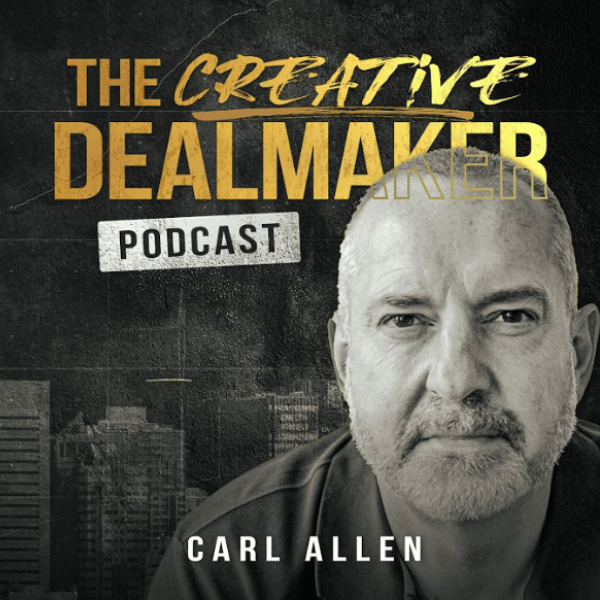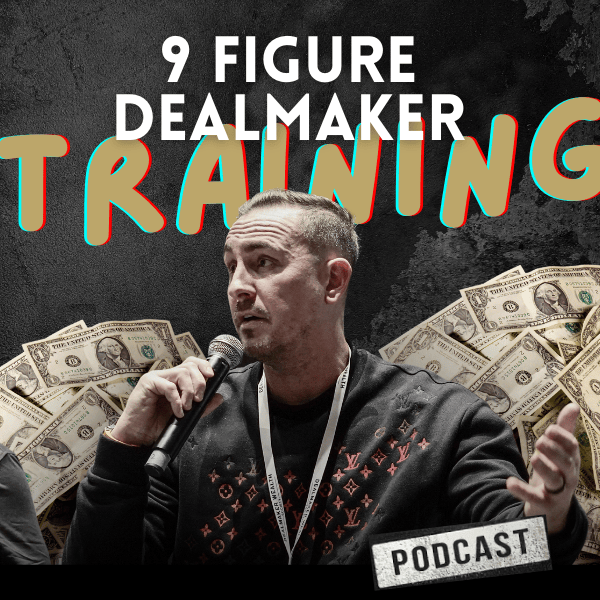5 Ways to Guarantee Seller Financing Payments
5 Ways to Guarantee Seller Financing Payments

I have been asked this question a LOT recently…
“Carl, I have negotiated a deal with significant seller financing. The seller wants some security. How do I make the seller comfortable with the deal?”
It’s a great question. So today, I’m going to answer it.
First, a refresher on what seller financing is…
Seller financing – also called vendor financing, deferred payments, lease-to-buy or deferred consideration – is where you pay for part (or all) of the business in the future.
You typically use the business’s profit that turns into cash flow as the mechanism for repayment.
Let’s look at a quick example…
- Revenues – $2M
- Margin – 10%
- Profit – $200K.
Let’s assume you are buying the business for a 2.5X multiple of profit, so the enterprise value (the value of the operating business) is $500K.
Simple, right?
Now assume you have assets in the business that generate $150K in financing and you keep $50K of that for working capital, closing costs and a small payout for yourself.
So you will make a $100K closing payment on this deal, which leaves a total of $400K to be paid in the future.
Still with me? Great.
Let’s assume you negotiated a four-year term for the seller financing, so that’s $100K per year (out of the future cash flow) paid to the seller.
You could pay them $100K every 12 months post-closing…
Or $25K per quarter…
Even $8,333 per month.
The monthly option is attractive because the seller is essentially being paid their monthly draw without having to go in and operate the business. In a lot of deals, this will be a great win-win.
Now, one issue you may encounter is if the seller (or their lawyer) asks you…
What’s the guarantee I will receive the money?
There’s a five-step negotiation process for this… starting with what’s best for you and worst for the seller. Proceed through these steps until everyone is happy with the deal.
Step 1 – Seller psychology
This is all about you leveraging the psychology of the deal.
If you have found a highly motivated seller of a good business, and you have built loads of rapport and the seller really knows, likes and trusts you…
In many cases, that’s enough.
Especially if you have positioned yourself as the safe pair of hands to take on the business, grow it, protect the legacy of the owner and the culture of the business and safeguard the employees and customers.
However, sometimes this isn’t enough, so you move onto Step 2…
Step 2 – A lien or debenture over the business
A lien or debenture over the business is a blanket thrown over all of the assets to prevent you from doing anything the seller wouldn’t like, such as asset stripping.
This is a great way to provide seller financing security. However, it doesn’t work if you have any external financing for a closing payment because the financier will have that first charge automatically.
If you were doing the deal as a 100% seller-financing deal, you could offer the debenture, but in our deal example above that wouldn’t work.
That said, you could change the deal from $100K down and $400K seller financing with no debenture…
To $0 down and $500K seller financing WITH debenture.
But if the seller still wants the $100K closing payment, you have to move onto Step 3…
Step 3 – Partial claw back
When you close a deal you ideally want to assume 100% of the business’s shares even if you’re using seller financing to pay off much of the business. A claw back is a tool where you give security to the seller over the SHARES in the business you haven’t yet paid for.
In our example, it’s a $500K deal. You paid for 20% of the business via the $100K closing payment, so you would give the seller an 80% claw back over the outstanding shares.
This means the seller will get 80% of the shares back if you can’t pay for the business. And the claw back rate lowers every time you make a seller financing payment and pay for more of the business’s shares.
So at two years in you have paid the seller…
- $100K – closing payment
- $100K – year-one payments
- $100K – year-two payments.
For $300K total.
At this point, you have purchased 60% of the business ($300K / $500K = 60%) so the claw back is now only 40%. If you made no more payments after this, the seller could get 40% of the business back.
This works in the majority of cases. But if it doesn’t, here is Step 4…
Step 4 – 100% claw back
Now the deal is getting riskier for you. A 100% claw back means until you have paid 100% of the deal ($500K in this case) the seller can claim back ALL of the shares for nonpayment.
If you trade the business for three years, you have paid…
- $100K – closing payment
- $100K – year-one payments
- $100K – year-two payments
- $100K – year-three payments.
For a total of $400K.
After three years you have paid for 80% of the business, and if you didn’t pay the final $100K, the seller could legally TAKE 100% of the shares back. (But something REALLY bad must have happened for you not to have the cash flow in the business to make the final $100K payment.)
Finally, we have Step 5.
Step 5 – Shares allocated as you pay
This is a worst-case scenario for you – you only take the shares as you pay for them. In our example, you only have 20% at closing ($100K closing payment / $500K total).
Now there are two big problems…
First, the seller still controls the business, not you. That’s bad.
Second, the seller receives 80% of the cash flow since they own 80% of the shares. So unless you write into the legal documents that you want (a) full control and (b) 100% of the cash flow so you can service the deal… then this doesn’t work.
If a deal ever gets to Step 5 for me (or even Step 4 for that matter) I typically move onto the next deal.
Sometimes the seller comes back and compromises on Step 3. Sometimes they don’t.
If you have multiple deals in your funnel, you can play them against each other and increase your chance of a favorable outcome.
And there you have it – how to negotiate seller financing in five simple steps.
Until next time, bye for now.
Carl Allen
Editor and co-founder, Dealmaker Wealth Society
P.S. Have you joined the Dealmaker Insiders group? This free, private Facebook group is where dealmakers from around the globe come together. Get access to exclusive content AND build your network in just ONE simple step – click here to join.
















